Pu’uhonua o Hōnaunau
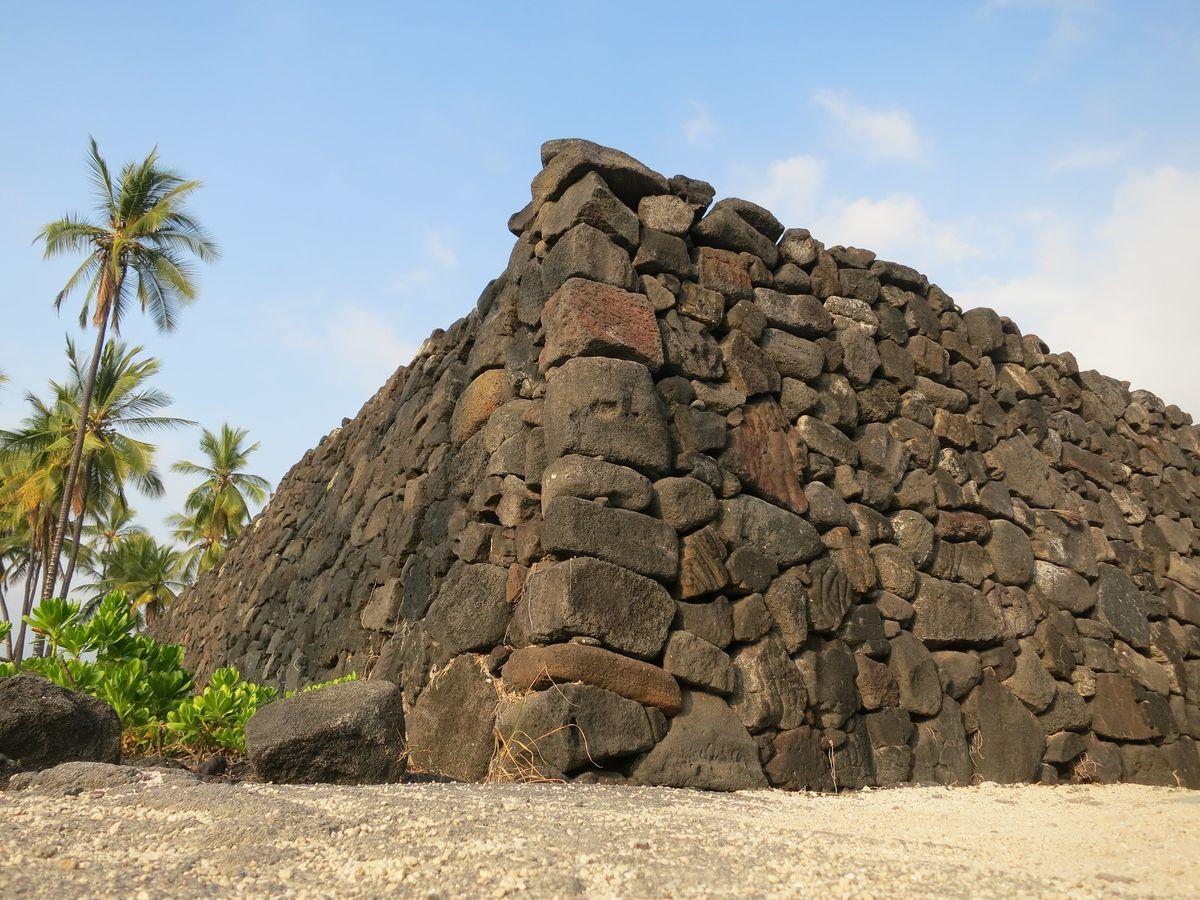
A site where those who broke the law could avoid the death sentence. This tradition continued until the early 19th century. Reconstructed temple, residence site for powerful chiefs.
Puako petroglyphs
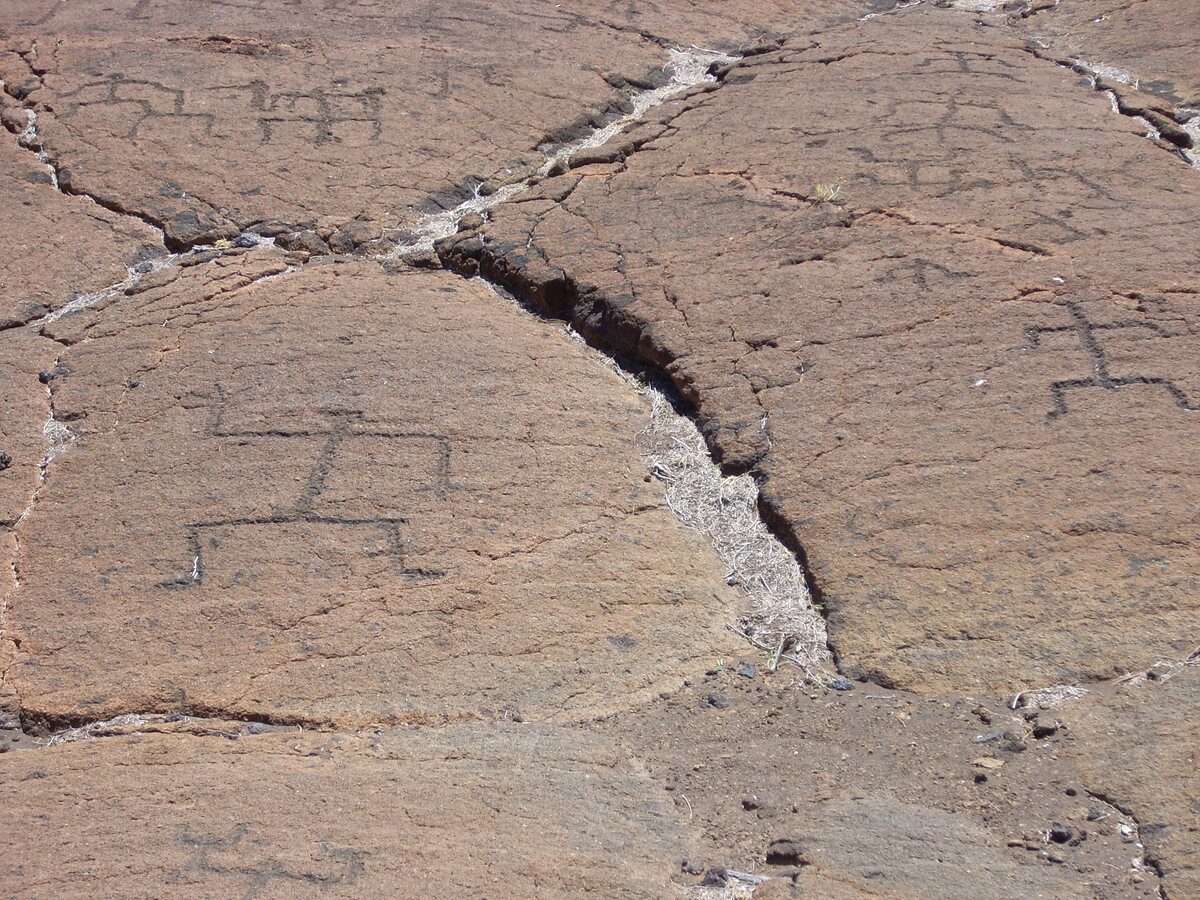
An area with more than 30 000 petroglyphs. This could be the largest collection of petroglyphs in the Pacific region. Numerous signs hint at a preliminary development of a local writing system.
Necker Island in Hawaii
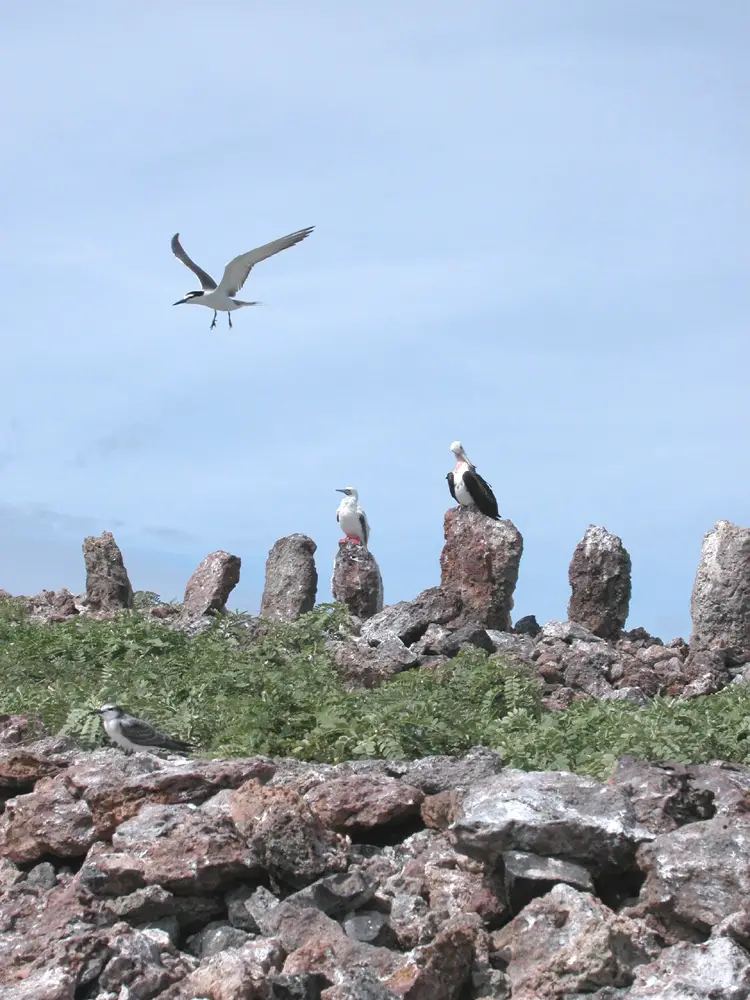
This small, remote, uninhabited island contains 33 stone shrines and many stone artifacts. Archaeologists believe that this island was used for ceremonial purposes. Site of the legends – reportedly, this was the last refuge of Menehune – mythical little people who lived in the Hawaiian Islands before the coming of current native people.
King’s Highway in Maui
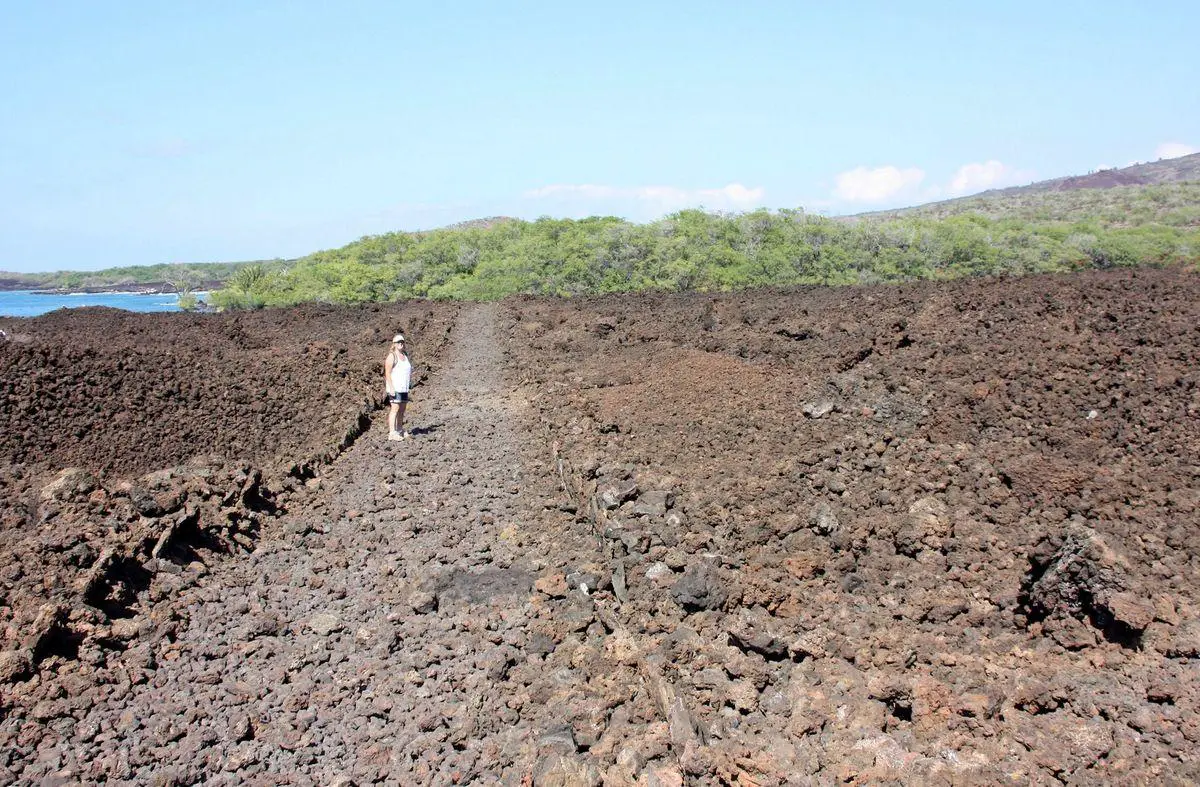
This ancient paved foot trail was built in the 16th century, during the reign of King Pi’ilani to promote the trade on the island.
Honokohau petroglyphs
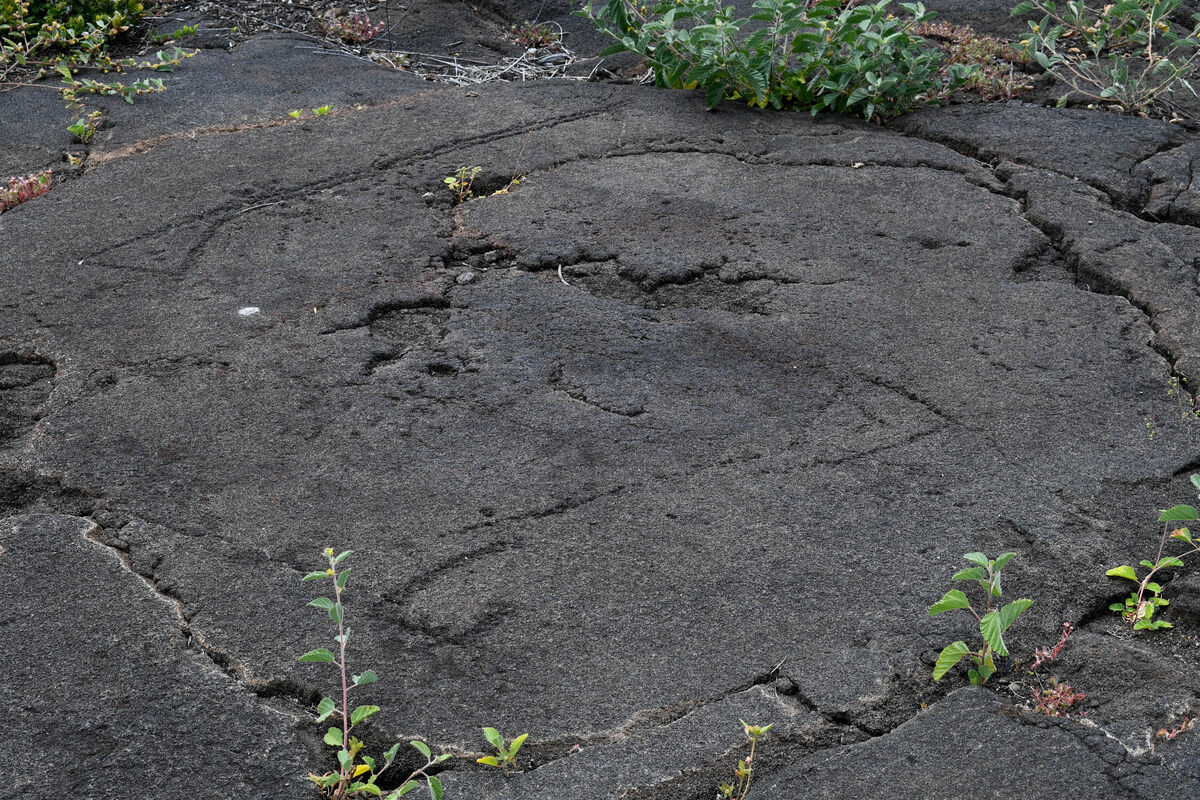
Comparatively recent petroglyphs, one even shows a full-rigged ship.
Hale O Pi’ilani Heiau
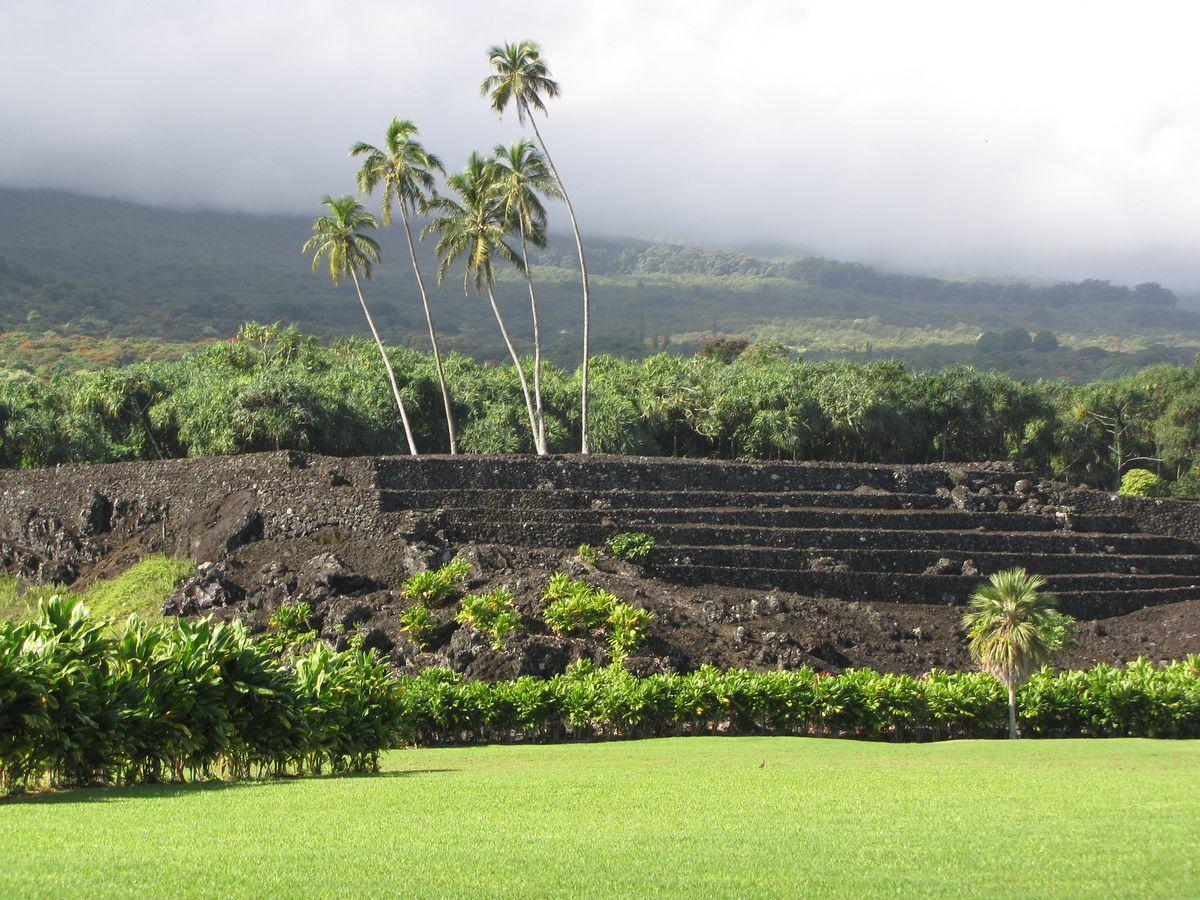
The largest known heiau – ancient Hawaiian temple. Its area is roughly 12,000 m² and walls rise up to 15 m tall. This heiau was developed since the 1200ies.
Makauwahi Cave
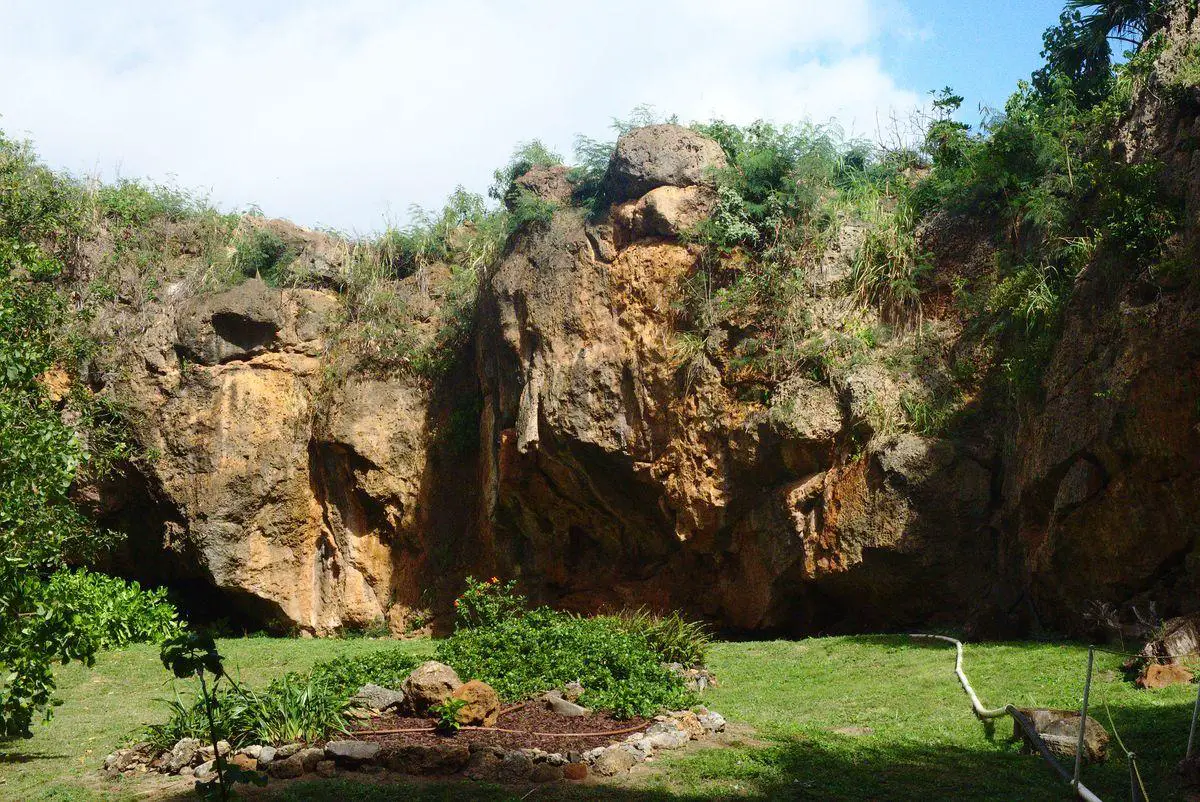
The largest limestone cave in Hawaii, the richest fossil finds in the Pacific. Graveyard of ancient Hawaiians. The cave contains a sinkhole with a lake. This lake contains a 10,000 years-long history of sedimentation thus providing a very detailed and precise timeline of a natural evolution in Hawai’i. Here have been found remnants of numerous species of extinct birds.
Pohaku Kani – bell stone
Large basalt stone, one of the best known of the bell stones of Hawaii. When the stone is struck sharply, it stone emits a low sound. In earlier times, this effect was used to announced the royal births.
Petroglyph Point
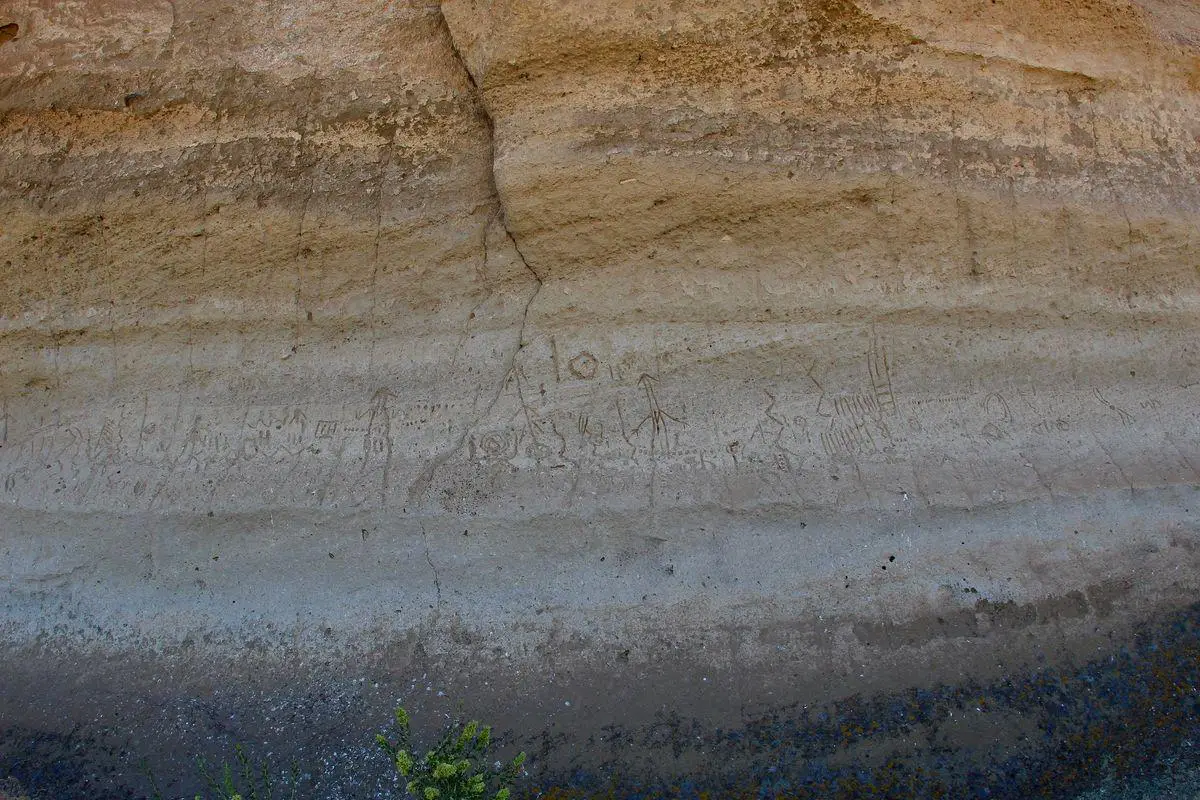
Large sandstone outcropping covered with one of the largest displays of native American art in North America, with more than 5,000 carvings. This site is sacred to local Modoc people.
Little Petroglyph Canyon
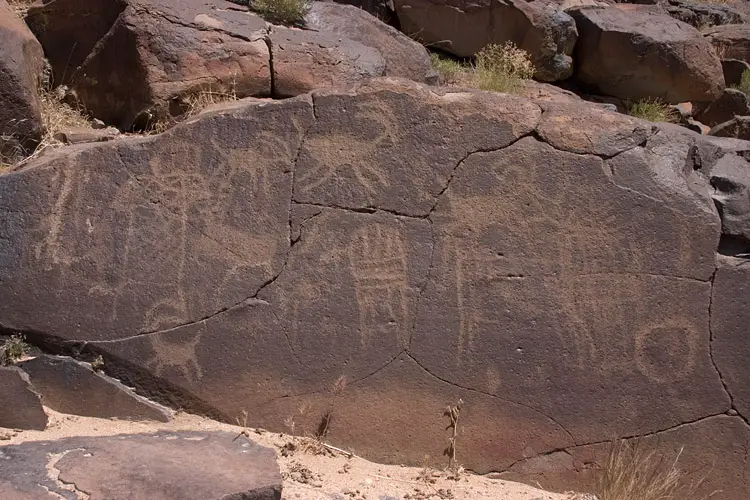
Canyon with more than 20,000 petroglyphs, created by Coso people.
